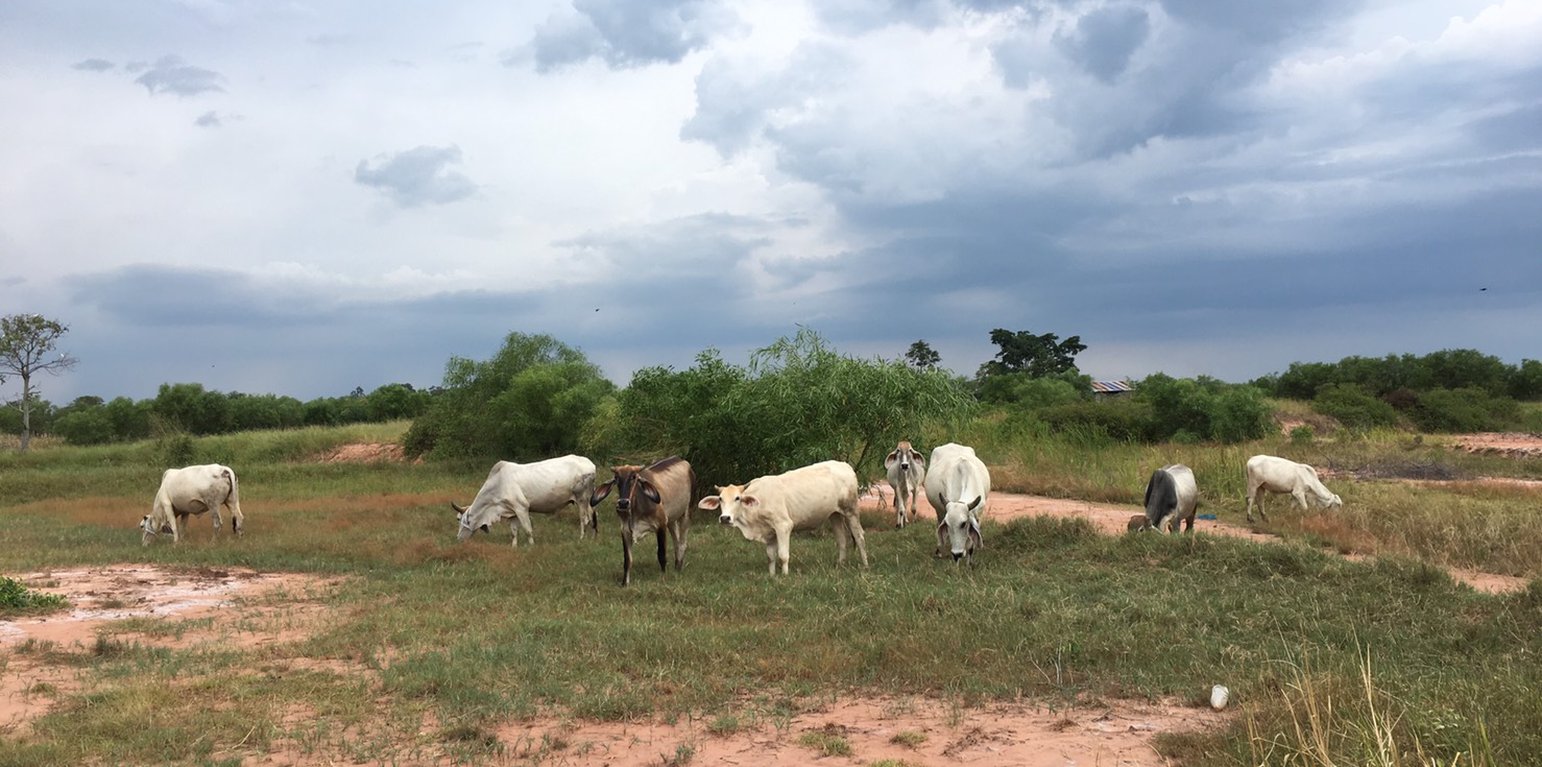



The Land Development Department (LDD) transfered the technology of planting a halophyte (Sporobolus virginicus: "Dixie grass") for the rehabilitation of severely saline soil to Mr.Charong Munkarn’s land in Buayai district, Nakhonratchasima province. The area is on a 0-2% slope, demonstrates high soil electrical conductivity and is classified as a severely saline soil. The land is salt crusted and barren. The climate is semi -arid, and rainfall is between 750 and 1,000 millimeters per year. The exotic halophyte, namely Sporobolus virginicus, (Dixie grass) is adapted to survive in severely salt- affected soil. The mechanisms of its tolerance includes osmotic adjustment within the plant, salt exclusion, ion accumulation and sequestration, and excretion of salt via glands in the plant’s leafs and stem. The benefits of planting this halophyte on such a severely saline soil are soil moisture conservation, salt accumulation prevention on the surface, and utilization as feed for livestock. The objectives of the technology are to 1) prevent expansion of severely saline soil, 2) maximize use of land for farmers, 3) use halophyte grasses as cover crop for rehabilitation of the ecosystem of severely salt-affected soil. Halophyte plantation has been supported by Land Development Department under the project: Promotion of Integrated Saline Soil Management. The stakeholders are researchers of LDD who have worked together with community volunteers, community leaders and farmers on soil improvement. The Land Development Regional Office 3 (Nakhonratchasima) supported Dixie grass planting material production, together with provision of compost and chemical fertilizer. Dixie grass cuttings (stolons) were planted at spacing of 20 x 20 centimeters on abandoned areas and on ridges between rows of Acacia ampliceps. After 3 years of planting Dixie grass, it has been found that this barren land was covered by plants and much improved in biodiversity by the evidence of many varieties of wild grass, dragonflies, small mammels and birds. Farmers can grow rice and they use Dixie grass as feed for livestock. Moreover farmers are able to increased their incomes. Migration for jobs to big cities has been reduced. Interviews showed that farmers are satisfied with this technology. Besides being lower in salinity (observed, and measured by scientists), farmers get better rice yields, and an improved environment and livelihoods. Although the planting of halophytes is an improvement to severely saline soil with low costs, the recovery time of saline soil is not as fast as that of engineering measure with higher investment. Furthermore, neighboring farmers often burn their rice straw after harvesting, and that damages the Dixie grass.
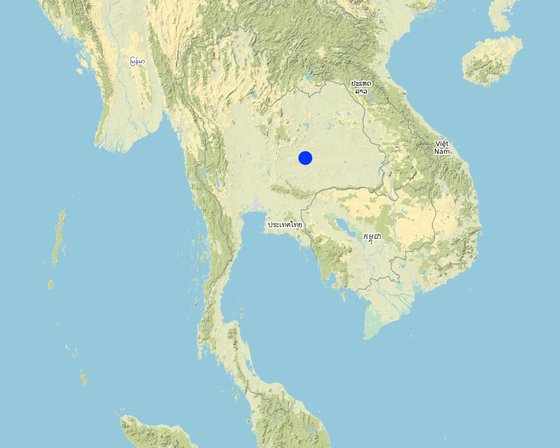
Location: Bann Donpae, 6 Bann Donpae Moo 8 Kut Chok Sub-district Bua Yai District Nakhon Ratchasima Province., Thailand
No. of Technology sites analysed: single site
Spread of the Technology: applied at specific points/ concentrated on a small area
In a permanently protected area?: No
Date of implementation: 2015; less than 10 years ago (recently)
Type of introduction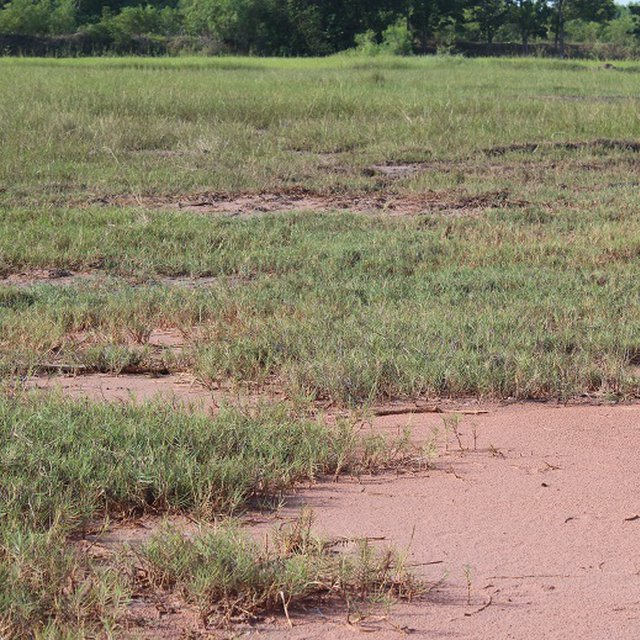
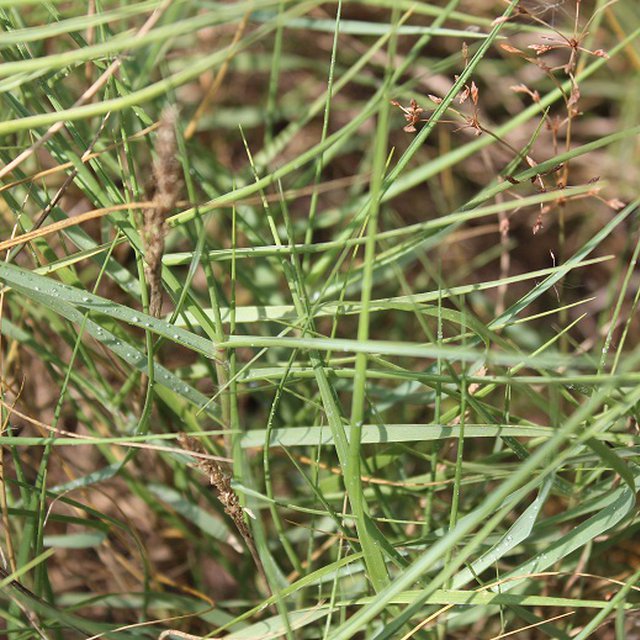



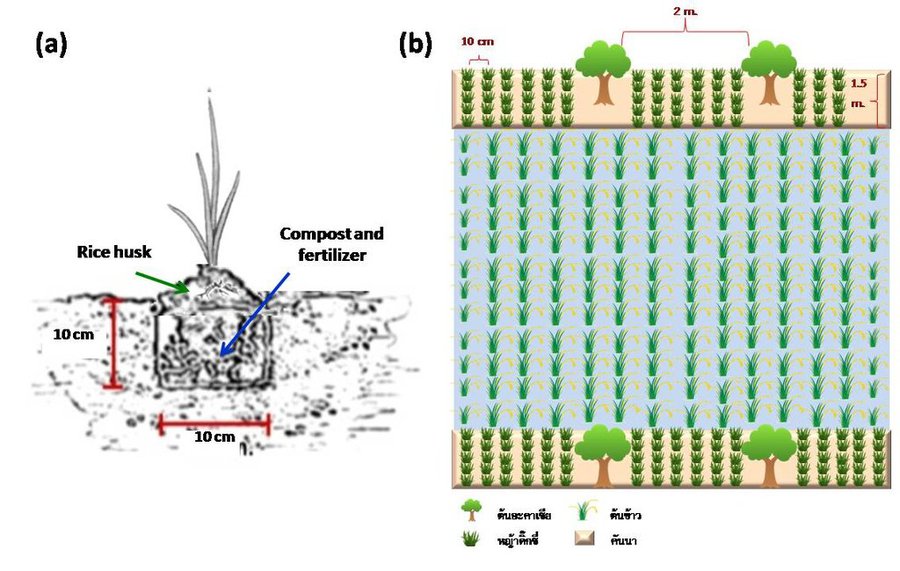
| Specify input | Unit | Quantity | Costs per Unit (Baht) | Total costs per input (Baht) | % of costs borne by land users |
| Labour | |||||
| Labor cost for planting Eucalyptus (labor wage per day = 300 baht, 1 rai required to labor cost = 1200 baht) | Rai | 1.0 | 1200.0 | 1200.0 | |
| Plant material | |||||
| Dixie seedling cost 1600 trees/rai, 1 baht for each seedling | seedling | 1600.0 | 0.5 | 800.0 | |
| Fertilizers and biocides | |||||
| Compost cost 3.5 baht/kg, 0.2 kg/pit | kg | 320.0 | 3.5 | 1120.0 | |
| Rice husk cost 4 baht/kg, 0.4 kg/pit | kg | 640.0 | 4.0 | 2560.0 | |
| Chemical fertilizer 15-15-15 cost 20 baht/kg, 6.25 kg/pit | kg | 10.0 | 20.0 | 200.0 | |
| Total costs for establishment of the Technology | 5'880.0 | ||||
| Total costs for establishment of the Technology in USD | 183.75 | ||||
| Specify input | Unit | Quantity | Costs per Unit (Baht) | Total costs per input (Baht) | % of costs borne by land users |
| Labour | |||||
| No labor cost for maintenance | 0 | ||||